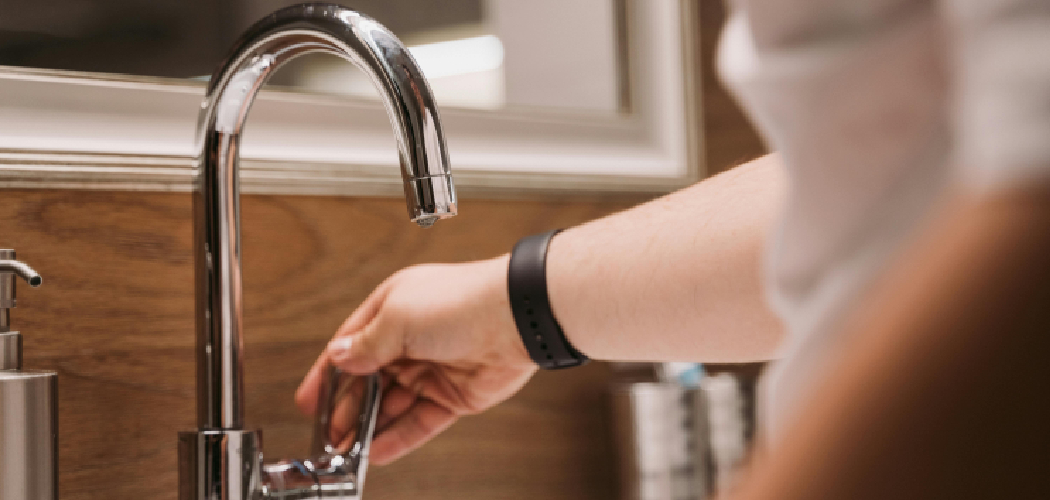Choosing the right kitchen faucet is essential for both functionality and style in your home. With so many options available, it can feel overwhelming to narrow down the choices. From understanding the different types of faucets to considering factors like size, material, and additional features, making an informed decision requires careful thought.
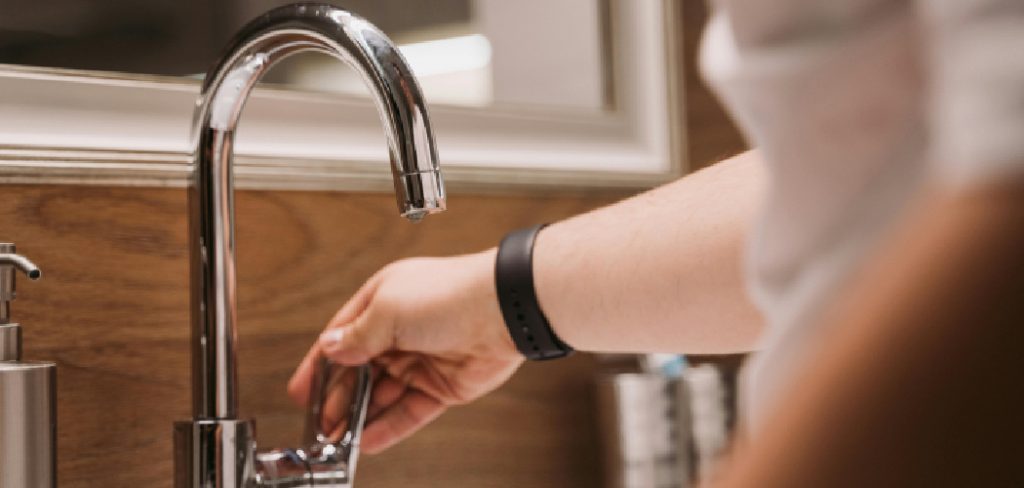
This guide on how to choose a kitchen faucet will help you explore the key aspects to consider when selecting the perfect kitchen faucet to suit your needs and complement your kitchen’s design.
Understanding Kitchen Faucet Types
Kitchen faucets come in a variety of styles and configurations, each designed to suit different preferences and practical needs. The most common types include single-handle faucets, which are easy to operate and great for small spaces, and double-handle faucets, offering separate controls for hot and cold water for precise temperature adjustments. Pull-down and pull-out faucets are popular for their flexibility, featuring detachable spray heads that make it easier to rinse ingredients or clean dishes.
For a seamless and modern look, touchless faucets provide convenience through motion sensor technology, eliminating the need to touch the handle with messy hands. Additionally, pot filler faucets are a specialized option for avid cooks, as they can be installed near stoves for easily filling large pots with water. Understanding these types can help you choose a faucet that not only enhances your kitchen’s functionality but also complements its design aesthetic.
7 Simple Step-by-Step Guides on How to Choose a Kitchen Faucet
Step 1: Measure Your Sink
Before starting your search for the perfect kitchen faucet, it’s essential to measure your sink to ensure compatibility. Begin by determining the number of mounting holes on your sink or countertop—these holes dictate the type of faucet you can install. Measure the distance between the centers of each hole to ensure proper alignment.
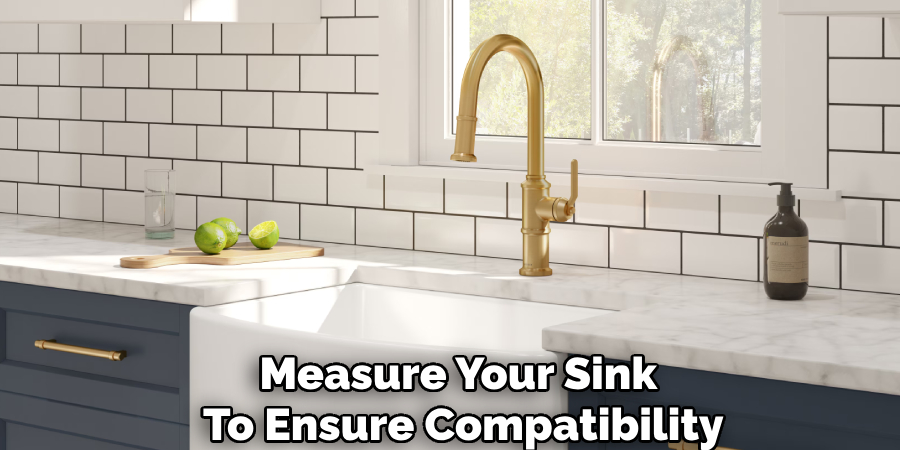
Additionally, take note of the sink’s depth and width to find a faucet with the appropriate spout height and reach. Proper measurements will help you avoid installation issues and ensure a seamless fit for both functionality and style.
Step 2: Determine the Mounting Style
The mounting style of your faucet is another critical factor to consider. Faucets can be broadly categorized into two main mounting styles—deck-mounted and wall-mounted. Deck-mounted faucets are installed directly onto the sink or countertop and are the most common option.
Wall-mounted faucets, on the other hand, attach to the wall above the sink and are ideal for minimalist or custom designs. When choosing a mounting style, ensure compatibility with your existing plumbing setup, as adjustments to pipe placement can add to installation costs. Selecting the right mounting style ensures both practicality and aesthetic harmony in your space.
Step 3: Consider Your Water Flow Rate Needs
Water flow rate is a crucial factor to evaluate when selecting a faucet, as it directly impacts functionality and efficiency. Flow rate is typically measured in gallons per minute (GPM), and a standard faucet usually has a flow rate of 1.5 to 2.2 GPM. For environmentally conscious choices, low-flow faucets or those with WaterSense certification can help conserve water without compromising performance.
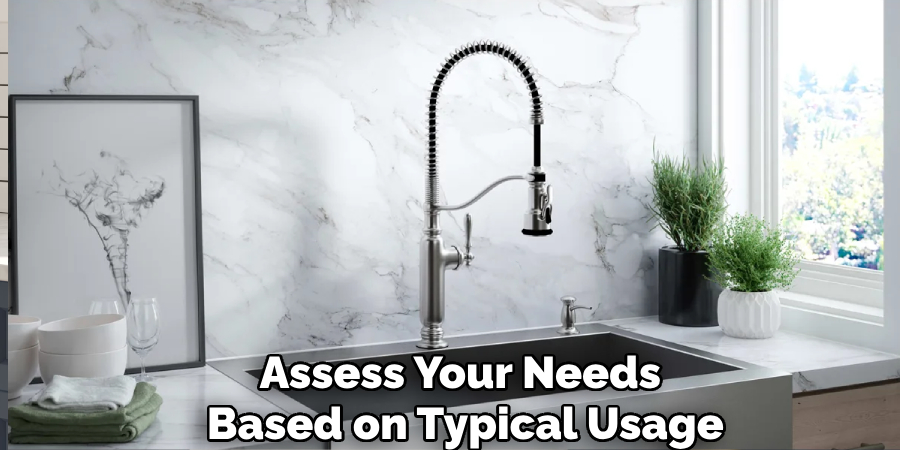
Assess your needs based on typical usage — for instance, whether the faucet will primarily be used for tasks like washing dishes, filling pots, or quick hand washing. Understanding your water flow rate requirements will ensure you choose a faucet that meets both your efficiency goals and daily necessities.
Step 4: Think About the Finish
The finish of your faucet is more than just a decorative feature—it also plays a role in durability and maintenance. Common finishes include polished chrome, brushed nickel, stainless steel, matte black, and oil-rubbed bronze, each offering a distinct aesthetic to complement your kitchen or bathroom design.
For higher resistance to scratches, tarnishing, and water spots, opt for finishes with protective coatings or fingerprint-resistant properties. When selecting a finish, consider how it matches other fixtures and hardware in the space to create a cohesive and stylish look. Balancing visual appeal with functionality will help you choose a finish that enhances your faucet’s longevity while elevating the overall design of your room.
Step 5: Consider Additional Features
Modern faucets often come with a variety of features designed to improve functionality and convenience. For instance, pull-down or pull-out sprayers can make cleaning dishes and larger pots easier, while touchless activation provides a hygienic, hands-free option for busy kitchens and bathrooms. Some models include temperature memory, allowing the faucet to turn on at your preferred temperature, or built-in filtration systems for cleaner water.
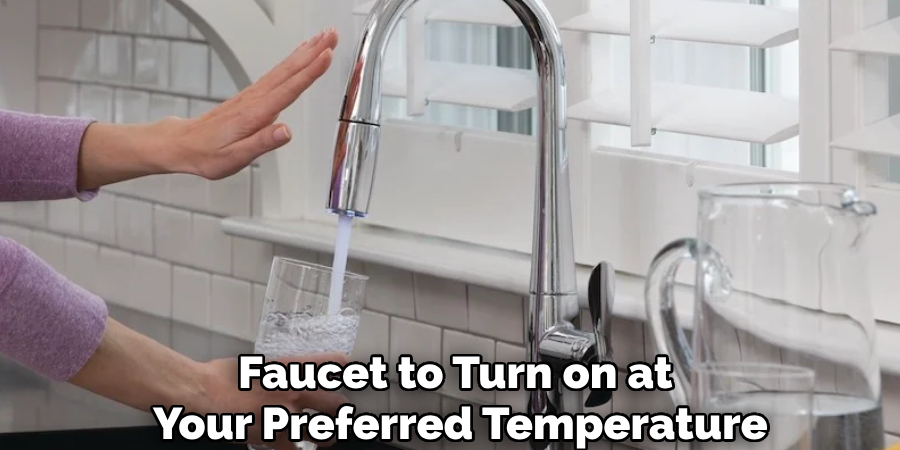
Evaluate your needs and daily habits to determine which features will enhance your experience and add value to your space. Remember, the right combination of features can not only improve usability but also elevate the overall efficiency of your faucet.
Step 6: Installation
Proper installation is crucial to ensure your faucet functions efficiently and reliably. Begin by carefully reading the manufacturer’s instructions included with your faucet model. Gather all necessary tools, such as a wrench, plumber’s tape, and a basin wrench, to streamline the process. If your faucet includes advanced features like touchless activation or filtration systems, additional steps or specific components may be required.
For those unfamiliar with plumbing work, hiring a professional can guarantee the installation is completed correctly. Once installed, test the faucet thoroughly to confirm all features are functioning as intended and there are no leaks.
Step 7: Maintenance and Cleaning
Proper maintenance and regular cleaning are essential for ensuring your faucet remains in optimal condition. To clean, use a mild soap or a non-abrasive cleaner along with a soft cloth to wipe away water spots, dirt, and residue. Avoid harsh chemicals or abrasive scrubbers that could damage the finish. Periodically check for loose fittings or minor leaks and address them promptly to prevent further issues. For faucets with specialized features, such as filters or aerators, follow the manufacturer’s guidelines for replacing parts or performing routine maintenance. Keeping up with these practices will extend the life of your faucet and maintain its functionality and appearance.
Following these steps on how to choose a kitchen faucet and how to properly maintain it, you can ensure that your faucet remains functional and visually appealing for years to come. Additionally, investing in a high-quality faucet from a reputable brand will also help prevent the need for frequent replacements or repairs.
Do You Need to Use Professional Help?
While many people can handle the installation or maintenance of a kitchen faucet on their own, there are situations where professional help may be necessary. If you’re dealing with complex plumbing systems, persistent leaks, or outdated pipes, hiring a licensed plumber is often the safest and most reliable solution. Professionals bring the expertise and tools to ensure the job is done correctly, avoiding potential issues down the line.
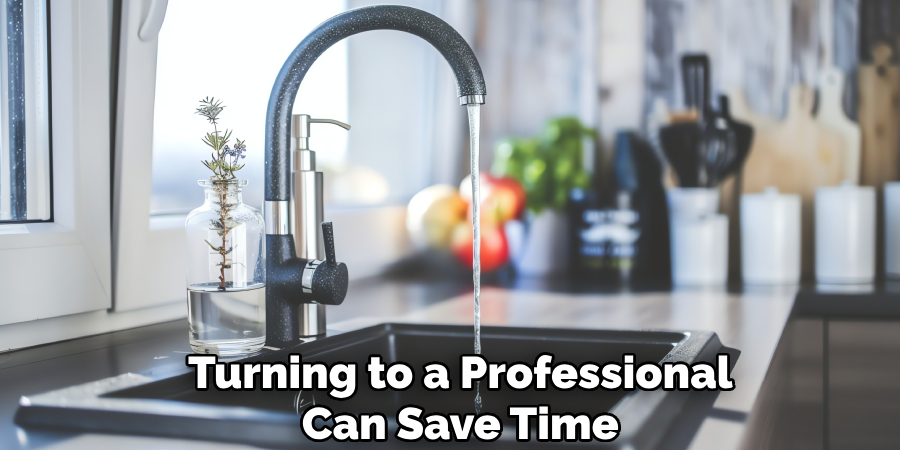
Additionally, some faucet installations may require compliance with local plumbing codes, which professionals are well-versed in. Whether for peace of mind or to address specific challenges, turning to a professional can save time, effort, and potentially costly mistakes.
How Much Will It Cost?
The cost of hiring a plumber for faucet installation or repairs can vary depending on several factors, such as the complexity of the job, your location, and the plumber’s experience. On average, a basic faucet installation may range from $150 to $350, including labor and standard parts. However, if additional work is required, such as replacing pipes or addressing intensive plumbing issues, the cost can rise.
For custom or high-end fixtures, you may also incur higher expenses due to specialized installation requirements. It’s always a good idea to obtain multiple quotes from licensed professionals to ensure you’re getting fair and competitive pricing.
Frequently Asked Questions
Q: Can I Install a Faucet on My Own?
A: While it is possible to install a faucet on your own, we highly recommend hiring a licensed professional for the job. Improper installation can lead to costly repairs and potential damage to your plumbing system.
Q: How Often Should I Replace My Faucet?
A: The lifespan of a faucet can vary depending on usage, quality, and maintenance. As a general rule, it’s recommended to replace your faucet every 10-15 years. However, if you notice any issues or leaks, it may be time for a replacement sooner.
Q: What Is the Difference Between a Single Handle and a Handle Faucet?
A: A single-handle faucet has one lever that controls both hot and cold water flow and temperature. A double-handle faucet has two separate handles for hot and cold water control. Both options have their own advantages and disadvantages, so it ultimately comes down to personal preference.
Q: Can I Install a Faucet Myself?
A: It is possible to install a faucet yourself, but it is recommended to hire a professional plumber for proper installation. This ensures that the faucet is installed correctly and prevents any potential leaks or issues in the future. Additionally, some municipalities require a licensed plumber for all plumbing installations.
Conclusion
Choosing the right faucet and ensuring proper installation are essential for both functionality and longevity. Whether selecting a single-handle or double-handle faucet, each option offers unique benefits suited to different needs and styles.
While DIY installation is possible, hiring a professional plumber is often the best choice to avoid complications and ensure compliance with local regulations. By making informed decisions and prioritizing quality, you can enhance both the practicality and aesthetics of your space. Thanks for reading this article on how to choose a kitchen faucet.

